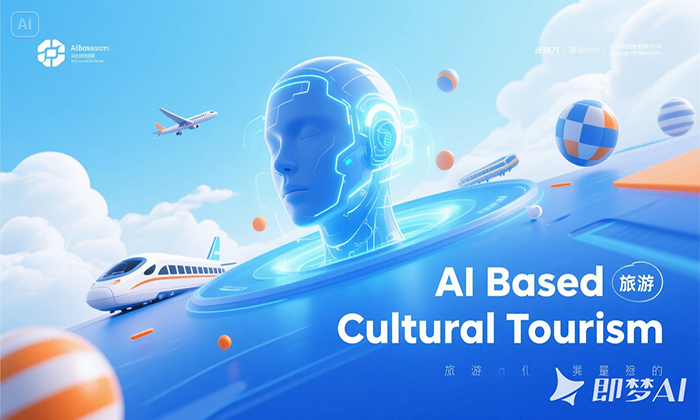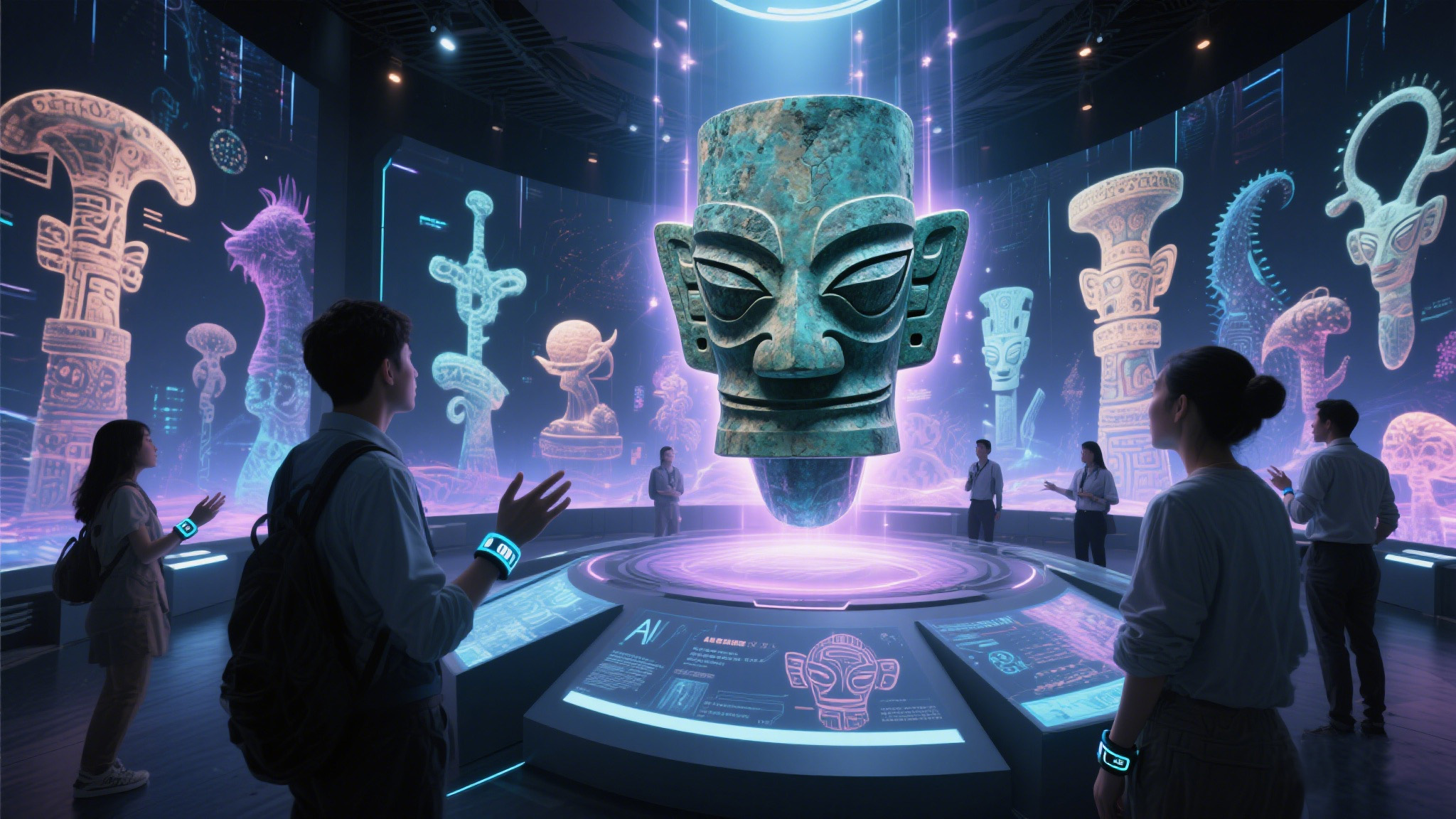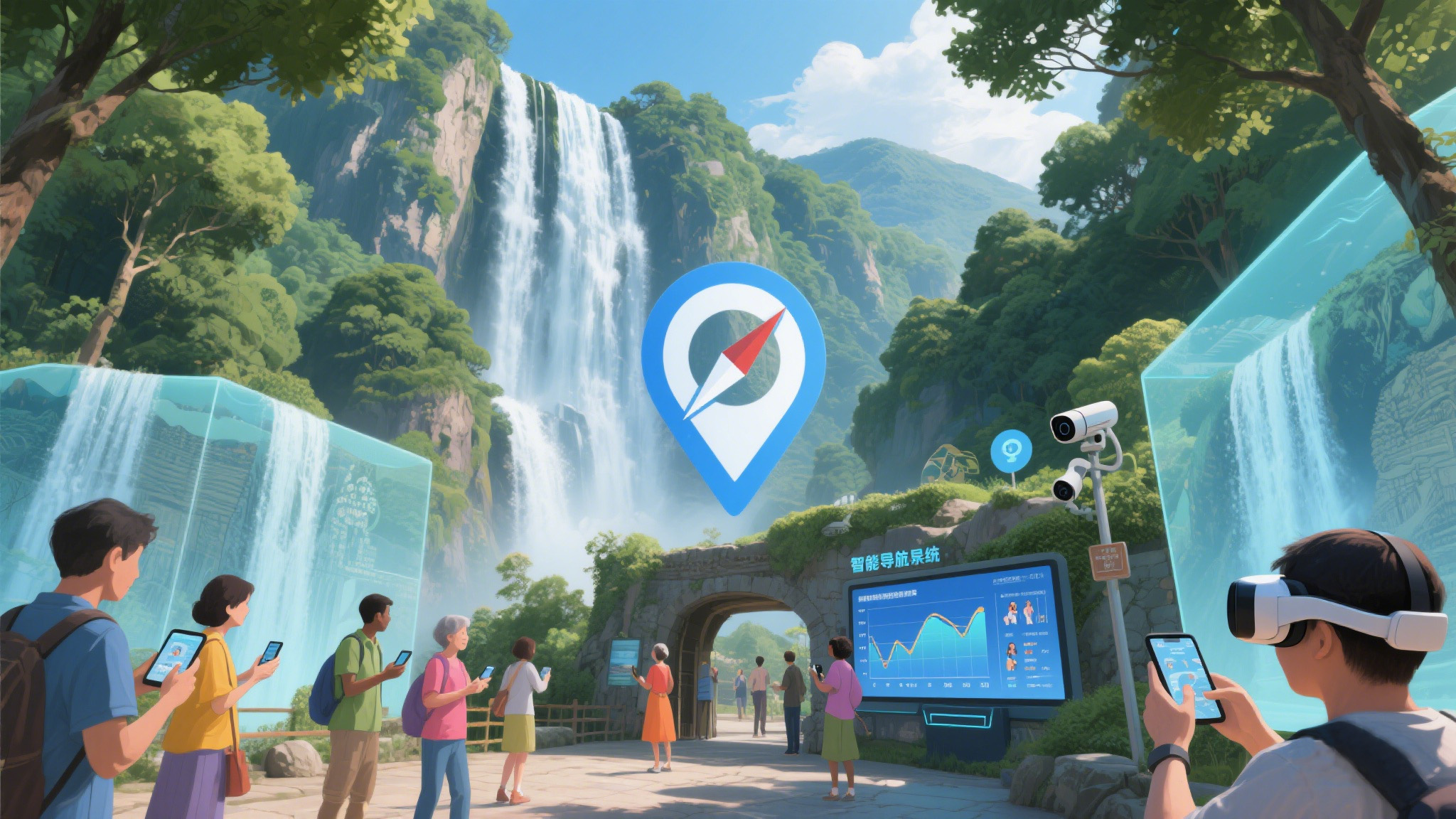The Inevitable Rise of AI in Cultural Tourism: Why Transformation is Non-Negotiable
The Inevitable Rise of AI in Cultural Tourism: Why Transformation is Non-Negotiable
I. Technological Imperatives: The Digital Native Demand
-
Generational Expectations
-
Gen Z (60% of 2024 travelers) demand TikTok-speed engagement:
-
AI-powered AR filters (e.g., Sanxingdui’s bronze mask filters) boost social shares by 200%.
-
Real-time multilingual avatars (like Wanxing Bobo) resolve queries in <10 seconds.
-
-
Data: 78% abandon bookings without instant digital interaction (McKinsey 2024).
-
-
Information Overload Solutions
-
AI curates fragmented data:
-
Ctrip’s TripGenie processes 10,000+ reviews to create hyper-personalized itineraries.
-
Predictive tools like Huangshan’s Smart Body adjust routes using weather/crowd data.
-
-
II. Economic Survival: Efficiency in Crisis
| Challenge | AI Solution | Impact |
|---|---|---|
| Labor shortages (2M global deficit) | Chatbots handle 75% of routine tasks | 30% operational cost ↓ |
| Seasonal revenue fluctuations | Dynamic pricing via WeChat Pay data | Occupancy ↑ 27% |
| Fragile site degradation | IoT sensors cap visitor flows (e.g., Machu Picchu) | Preservation cost ↓ 40% |
-
Case in Point: Xiangmengyou Travel cut staffing costs by 66% using AI planners while increasing customer satisfaction scores by 35%.
III. Cultural Accessibility Revolution
-
Democratizing Heritage
-
Physical Barriers: AI enables virtual access:
-
Notre Dame’s VR reconstruction drew 500k+ visitors post-fire.
-
Rwanda’s drone-delivered VR headsets bring heritage to remote villages.
-
-
Cognitive Barriers:
-
Google’s Project Euphonia empowers nonverbal tourists.
-
AR audio guides describe visuals for the blind (e.g., British Museum).
-
-
-
Resurrecting Lost Narratives
-
Guizhou’s AI folklore translators adapt Miao tales for 15 languages.
-
Qingdao’s AI-generated Shan Hai Jing creatures make mythical stories tangible, tripling souvenir sales.
-
IV. Policy and Competitive Pressures
-
National Strategies
-
China’s "AI+ Tourism" mandate requires 4A+ sites to deploy AI by 2025.
-
EU’s Digital Tourism Roadmap funds AI adoption (€4.2B allocated).
-
-
Market Darwinism
-
Early adopters like Zhangbi Ancient Fortress saw 65% revenue growth via digital twin licensing.
-
Laggards face 20% annual visitor decline (UNESCO 2024 report).
-
V. Ethical Implementation: The Non-Negotiables
While adoption is inevitable, responsible integration requires:
-
Bias Mitigation: Quarterly audits via IBM’s AI Fairness 360 toolkit.
-
Human Oversight: "Empathy coordinators" ensure emotional warmth (e.g., Kyoto’s Gion District).
-
Data Sovereignty: GDPR-compliant anonymization for biometric tracking.
Conclusion: The Point of No Return
AI in cultural tourism isn’t a trend—it’s the new operational baseline. Institutions resisting this shift risk irrelevance, while pioneers like Huangshan (40% dwell time increase) and Guizhou (38% international growth) prove its transformative power. As Dr. Li Zhang (UNESCO Chair) asserts:
"The choice isn’t between tradition and technology—it’s between evolution and extinction."
By 2027, AI-human synergy will define competitive differentiation. The question for stakeholders is no longer if but how fast they adapt.
Word Count: 498
Key Sources:
-
UNESCO 2024 Tourism Tech Outlook
-
McKinsey: Gen Z Travel Behavior Report
-
China Tourism Academy AI Adoption Metrics
















